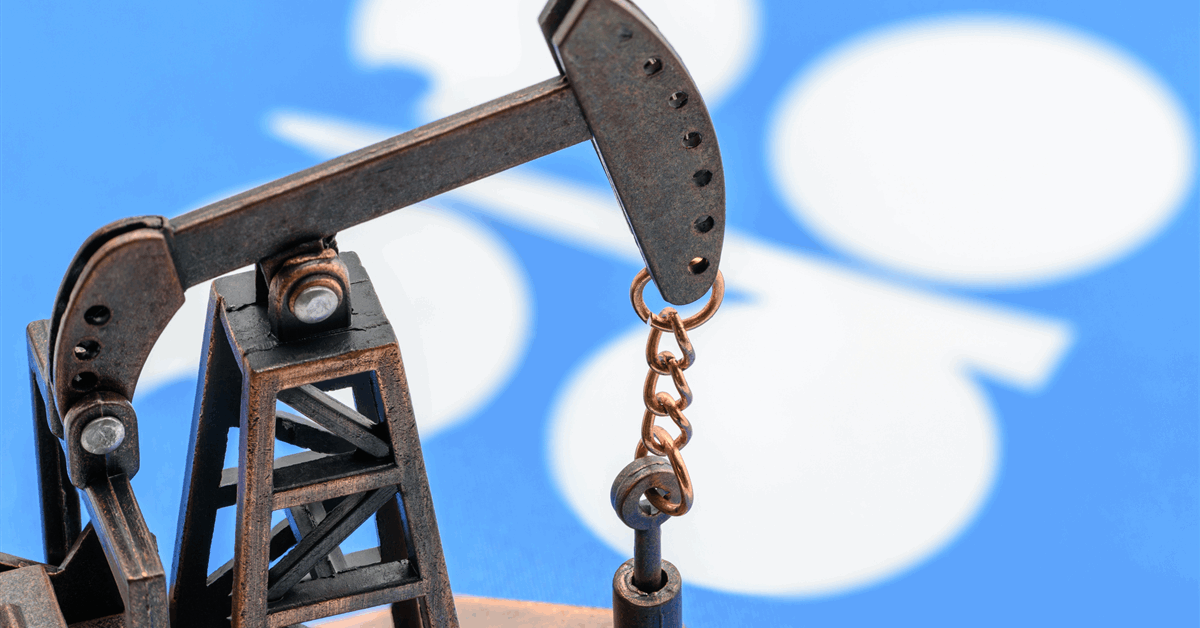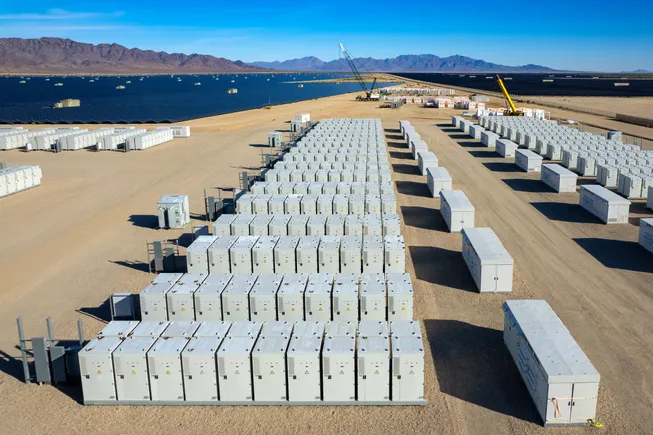
A statement posted on OPEC’s website on Sunday revealed that Saudi Arabia, Russia, Iraq, the United Arab Emirates (UAE), Kuwait, Kazakhstan, Algeria, and Oman “decided to implement a production adjustment of 137,000 barrels per day” in a virtual meeting held that day.
“The eight OPEC+ countries, which previously announced additional voluntary adjustments in April and November 2023 … met virtually on 2 November 2025, to review global market conditions and outlook,” the statement noted.
“In view of a steady global economic outlook and current healthy market fundamentals, as reflected in the low oil inventories, the eight participating countries decided to implement a production adjustment of 137,000 barrels per day from the 1.65 million barrels per day additional voluntary adjustments announced in April 2023,” it added.
The statement said this adjustment will be implemented in December 2025. It also announced that, “beyond December, due to seasonality, the eight countries … decided to pause the production increments in January, February, and March 2026”.
According to a table accompanying the statement, Saudi Arabia and Russia’s December adjustment amounts to 41,000 barrels per day, each. Iraq’s comes to 18,000 barrels per day, the UAE’s is 12,000 barrels per day, Kuwait’s is 10,000 barrels per day, Kazakhstan’s is 7,000 barrels per day, Algeria’s is 4,000 barrels per day, and Oman’s is 4,000 barrels per day, the table outlined.
The table highlighted that December 2025, January 2026, February 2026, and March 2026 “required production” is 10.103 million barrels per day for Saudi Arabia, 9.574 million barrels per day for Russia, 4.273 million barrels per day for Iraq, 3.411 million barrels per day for the UAE, 2.580 million barrels per day for Kuwait, 1.569 million barrels per day for Kazakhstan, 971,000 barrels per day for Algeria, and 811,000 barrels per day for Oman.
“The eight participating countries reiterated that the 1.65 million barrels per day may be returned in part or in full subject to evolving market conditions and in a gradual manner,” the OPEC statement noted.
“The countries will continue to closely monitor and assess market conditions, and in their continuous efforts to support market stability, they reaffirmed the importance of adopting a cautious approach and retaining full flexibility to continue pausing or reverse the additional voluntary production adjustments, including the previously implemented voluntary adjustments of the 2.2 million barrels per day announced in November 2023,” it added.
“The eight OPEC+ countries also noted that this measure will provide an opportunity for the participating countries to accelerate their compensation,” it continued.
The statement went on to note that the eight countries “reiterated their collective commitment to achieve full conformity with the Declaration of Cooperation, including the additional voluntary production adjustments that will be monitored by the Joint Ministerial Monitoring Committee (JMMC)”.
“They also confirmed their intention to fully compensate for any overproduced volume since January 2024,” it said.
According to the statement, the eight OPEC+ countries will hold monthly meetings to review market conditions, conformity, and compensation. The eight countries are next scheduled to meet on November 30, 2025.
In a separate statement posted on OPEC’s site on Sunday, the OPEC Secretariat announced that it had received updated compensation plans from Russia, Iraq, the UAE, Kazakhstan, and Oman.
A table accompanying this statement showed that these compensation plans amount to a total of 185,000 barrels per day in October, 236,000 barrels per day in November, 274,000 barrels per day in December, 393,000 barrels per day in January 2026, 574,000 barrels per day in February 2026, 718,000 barrels per day in March 2026, 681,000 barrels per day in April 2026, 738,000 barrels per day in May 2026, and 822,000 barrels per day in June 2026.
Analyst Take
In a market update sent to Rigzone on Sunday by the Rystad Energy team, Rystad Energy’s Head of Geopolitical Analysis, Jorge León, said, “with today’s decision, OPEC+8 will have unwound 2.91 million barrels per day since the process started back in April”.
“Like in the group’s recent meetings, this round also offered a surprise; that came from its decision to pause any production increases during the first quarter of 2026,” he added.
“This is the first time since April 2025 that the group will not raise output. Yes, OPEC+ is blinking, but it’s a calculated move,” he continued.
“Sanctions on Russian producers have injected a new layer of uncertainty into supply forecasts, and the group knows that overproducing now could backfire later. By pausing, OPEC+ is protecting prices, projecting unity, and buying time to see how sanctions play out on Russian barrels,” he went on to state.
In its latest market update, Rystad noted that “all eyes are now on November 30”.
“The decision keeps the narrative simple; discipline today, flexibility tomorrow and no sudden moves before 30 November,” Rystad said.
“The upcoming OPEC+ Ministerial meeting is also likely to test the internal cohesion of the group. It is understood that the group will discuss, assess and re-establish quotas for each of the member countries,” it added.
“Historically, discussing individual quotas has created internal tensions as the incentive of every country is to push for a higher number,” it continued.
In a report sent to Rigzone by the Skandinaviska Enskilda Banken AB (SEB) team on Monday, SEB Chief Commodities Analyst Bjarne Schieldrop said a “halt in OPEC+ quotas shows that 2026 won’t be a bloodbath for oil” but added that there is “still surplus in the cards”.
“Brent crude started up 0.4 percent this morning on the news that OPEC+ will keep quotas unchanged in Q1-26 following another increase of 137,000 barrel per day in December but following a brief jump it has fallen back and is now down slightly at $64.7 per barrel,” Schieldrop highlighted.
“The halt in quotas for Q1-26 doesn’t do anything to projected surplus in Q1-26, so rising stocks and a pressure towards the downside for oil is still the main picture ahead,” Schieldrop warned.
“But it shows that OPEC+ hasn’t forgotten about the price. It still cares about price. It tells us that 2026 won’t be a bloodbath or graveyard for oil with an average Brent crude oil price of say $45 per barrel,” Schieldrop said.
“The year will be controlled by OPEC+ according to how it wants to play it in a balance between price and volume where the group is in a process of taking back market share,” he added.
Schieldrop noted in the report that there are increasing comments in the sector that the oil market “will be better later, after some slight pain and surplus in 2026”.
“This is definitely what it looks like,” Schieldrop said.
“The production forecast for non-OPEC+ production by the U.S. EIA [Energy Information Administration] is basically sideways with no growth from September 2025. Thus, beyond surplus 2026, this places OPEC+ in a very comfortable situation and with good market control,” he added.
Rigzone has contacted OPEC for comment on the Rystad market update and the SEB report. At the time of writing, OPEC has not responded to Rigzone.
To contact the author, email [email protected]























